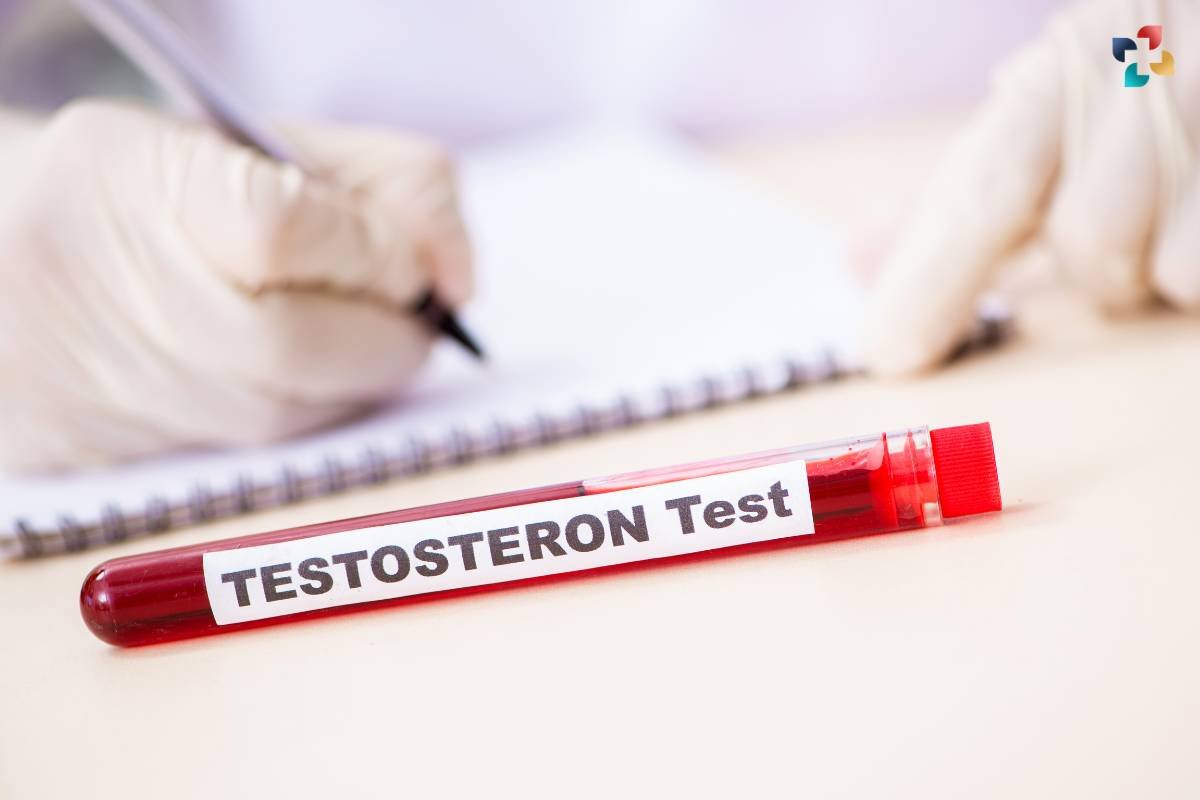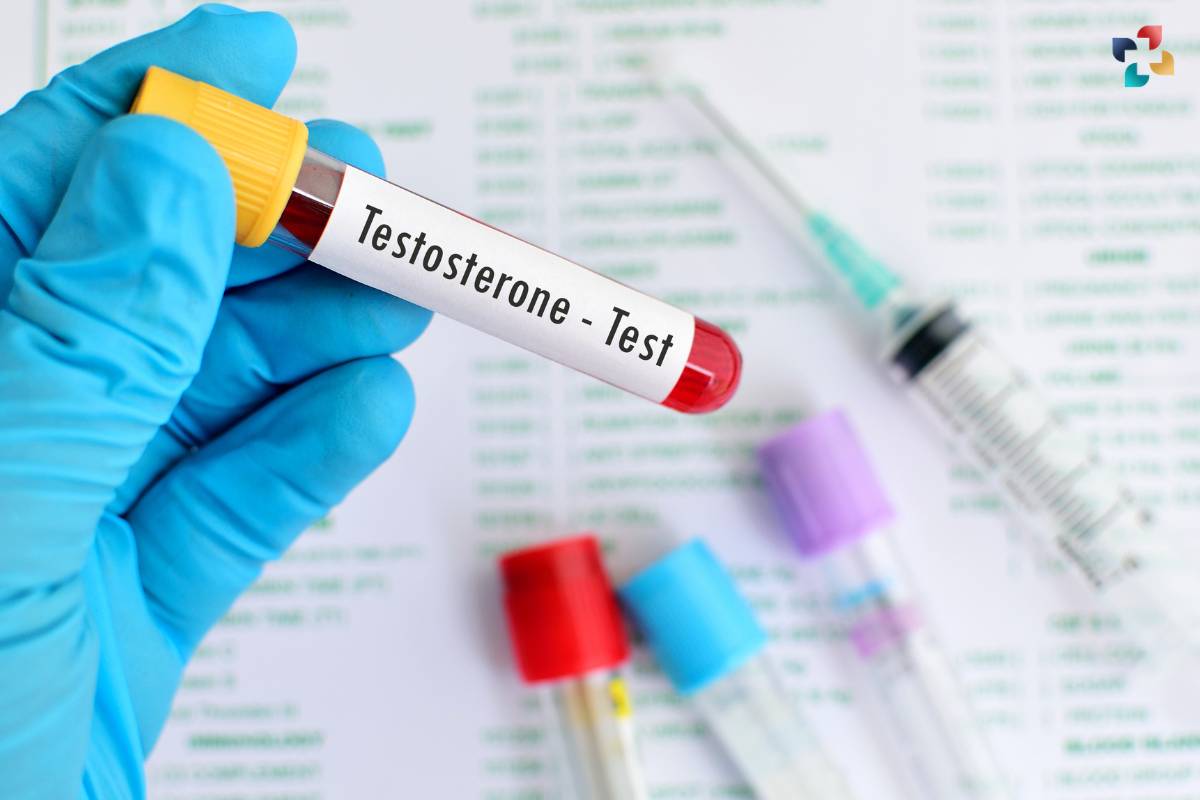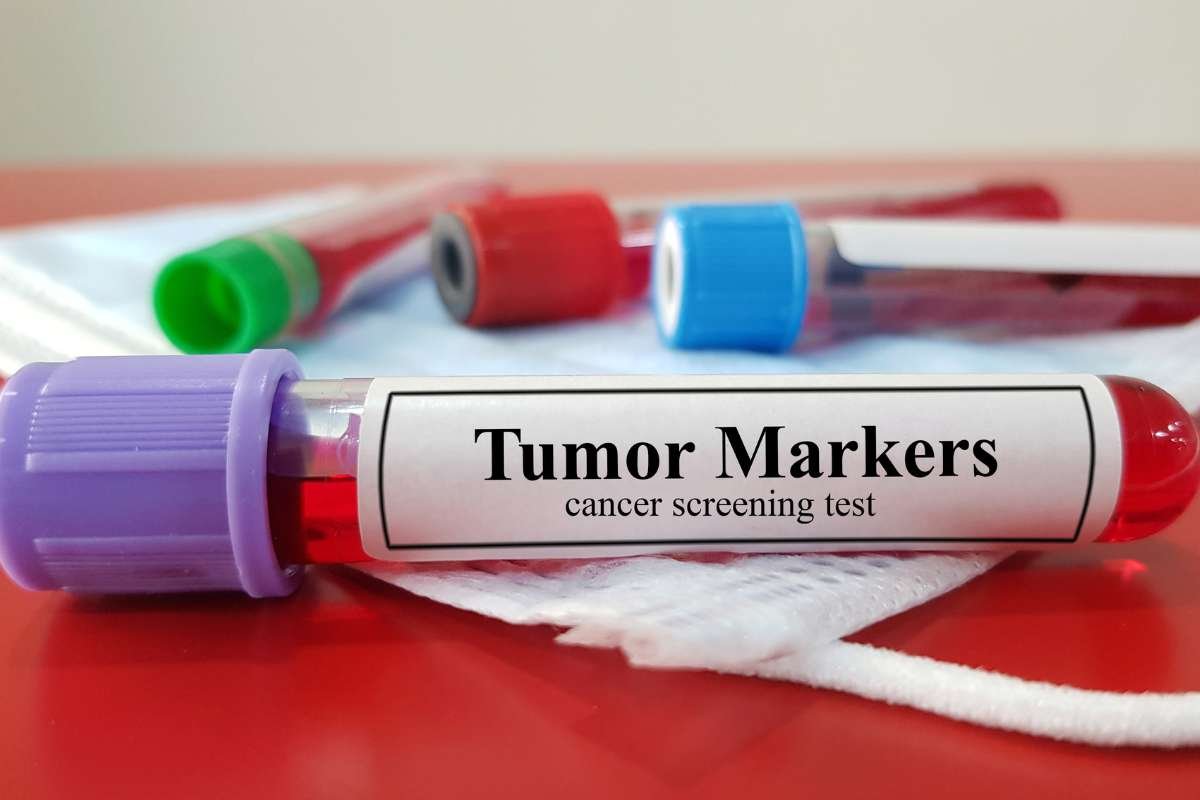Introduction:
Testosterone, often dubbed the “male hormone,” plays a pivotal role in various aspects of men’s health, including sexual function, muscle mass, bone density, mood regulation, and overall well-being. Testosterone testing, also known as a Testosterone Test, serves as a valuable diagnostic tool for assessing testosterone levels and identifying potential hormonal imbalances or deficiencies. In this comprehensive guide, we delve into the significance of Testosterone Testing, its applications in clinical practice, and considerations for individuals seeking to optimize their hormonal health.
Understanding the Testosterone Test:
The Testosterone Test measures the levels of testosterone hormone in the blood, typically through a simple blood draw. Testosterone is produced primarily in the testes in men and in smaller amounts in the adrenal glands. It plays a crucial role in the development of male reproductive tissues, including the testes and prostate, as well as secondary sexual characteristics such as facial hair, deep voice, and muscle mass.
Types of Testosterone Tests:

1. Total Testosterone Test
This test measures the total amount of testosterone in the bloodstream, including both bound (attached to proteins) and unbound (free) testosterone.
2. Free Testosterone Test
Free testosterone refers to the portion of testosterone that is not bound to proteins in the blood. This test measures the amount of testosterone available for use by the body’s tissues and organs.
3. Bioavailable Testosterone Test
Bioavailable testosterone includes both free testosterone and testosterone bound to albumin, a protein in the blood. This test provides a more accurate assessment of testosterone levels available for physiological functions.
4. SHBG Test
Sex hormone-binding globulin (SHBG) is a protein that binds to testosterone and regulates its availability in the bloodstream. Measuring SHBG levels can help assess testosterone-binding capacity and interpret testosterone test results more accurately.
Applications of Testosterone Testing:
Testosterone testing plays a pivotal role in assessing hormonal health and diagnosing various medical conditions related to testosterone levels. From evaluating symptoms of hypogonadism to monitoring testosterone replacement therapy, the applications of testosterone testing are diverse and essential for maintaining optimal health and well-being.
In this article, we explore the wide-ranging applications of testosterone testing, shedding light on its significance in clinical practice and its impact on patient care and treatment decisions. Let’s delve into the diverse applications of testosterone testing to understand its multifaceted role in managing hormonal health.
1. Evaluation of Hypogonadism

Testosterone Testing is commonly used to diagnose hypogonadism, a condition characterized by inadequate testosterone production. Symptoms of hypogonadism may include reduced libido, erectile dysfunction, fatigue, decreased muscle mass, and mood disturbances.
2. Assessment of Andropause
Andropause, often referred to as “male menopause,” is a natural decline in testosterone levels that occurs with aging. Testosterone Testing can help determine if symptoms such as decreased energy, mood changes, and reduced muscle mass are due to age-related testosterone decline.
3. Monitoring Testosterone Replacement Therapy
Testosterone Replacement Therapy (TRT) is prescribed to men with clinically low testosterone levels to alleviate symptoms and improve quality of life. Testosterone Testing is used to monitor hormone levels and adjust treatment dosage to achieve optimal therapeutic outcomes.
4. Investigation of Infertility
Testosterone Testing may be part of the evaluation for male infertility, as low testosterone levels can contribute to impaired sperm production and quality. Identifying hormonal imbalances can help guide fertility treatment strategies and improve reproductive outcomes.

How to Avoid Hormonal Imbalance in Your Body?
Hormonal imbalance is a common phenomenon. Hormones are basically the chemicals secreted in your body that impact your physical, mental, and emotional health. Hormones have an impact on your appetite, weight, and mood.
Considerations for Testosterone Testing:
1. Age and Symptoms
Testosterone levels naturally decline with age, but symptoms of low testosterone may vary among individuals. It is essential to consider age-related changes in testosterone levels and correlate them with clinical symptoms when interpreting test results.
2. Timing of Testing
Testosterone levels exhibit diurnal variations, peaking in the morning and declining throughout the day. For accurate results, Testosterone Testing is typically performed in the morning, preferably between 7 am and 10 am.
3. Medical History and Medications
Certain medical conditions, medications, and lifestyle factors can affect testosterone levels. Before undergoing Testosterone Testing, it is crucial to provide a comprehensive medical history, including information about current medications, supplements, and lifestyle habits.
4. Interpretation of Results

Testosterone levels can vary based on factors such as age, sex, ethnicity, and individual health status. Testosterone Testing results should be interpreted in conjunction with clinical symptoms, medical history, and other laboratory tests to make an accurate diagnosis and guide treatment decisions.
Conclusion
In conclusion, Testosterone Testing plays a crucial role in evaluating men’s hormonal health and identifying potential imbalances or deficiencies. By measuring testosterone levels in the blood, Testosterone Testing provides valuable insights into reproductive function, sexual health, and overall well-being. From diagnosing hypogonadism to monitoring testosterone replacement therapy and investigating infertility, Testosterone Testing offers a comprehensive approach to optimizing men’s health. With careful consideration of symptoms, timing, medical history, and interpretation of results, Testosterone Testing empowers individuals and healthcare providers to make informed decisions and implement tailored treatment strategies to enhance quality of life.
FAQs
1. What is a Testosterone Test, and why is it performed?
A Testosterone Test is a blood test used to measure the levels of testosterone, a male sex hormone, in the blood. It is performed to assess hormonal health, diagnose conditions such as hypogonadism (low testosterone), monitor testosterone replacement therapy, and evaluate symptoms such as low libido, fatigue, and infertility.
2. Who should consider undergoing a Testosterone Test?
Individuals experiencing symptoms of low testosterone, such as decreased libido, erectile dysfunction, fatigue, mood changes, and muscle weakness, may consider undergoing a Testosterone Test. Additionally, individuals with underlying medical conditions such as hypogonadism, infertility, and certain chronic diseases may also benefit from testosterone testing.
3. What factors can affect testosterone levels and the accuracy of Testosterone Test results?
Various factors can influence testosterone levels and the accuracy of Testosterone Test results, including age, sex, time of day (testosterone levels are typically higher in the morning), stress, obesity, medications (such as corticosteroids and opioids), and underlying medical conditions (such as diabetes and liver disease). It is essential to discuss any relevant factors with your healthcare provider before undergoing testing.
4. How is a Testosterone Test performed, and what does it involve?
A Testosterone Test involves taking a blood sample, typically from a vein in the arm. The blood sample is then sent to a laboratory for analysis. The test may be performed in the morning when testosterone levels are highest, and fasting may be required for certain types of tests. Results are usually available within a few days, and your healthcare provider will review them with you and discuss any necessary follow-up steps.
5. What do Testosterone Test results indicate, and what are the potential implications?
Testosterone Test results provide valuable information about testosterone levels in the blood. Low testosterone levels may indicate hypogonadism, a condition characterized by inadequate testosterone production, while high testosterone levels may indicate conditions such as polycystic ovary syndrome (PCOS) or adrenal gland disorders. Depending on the results and clinical context, your healthcare provider may recommend further evaluation, treatment, or monitoring to address any underlying issues.











